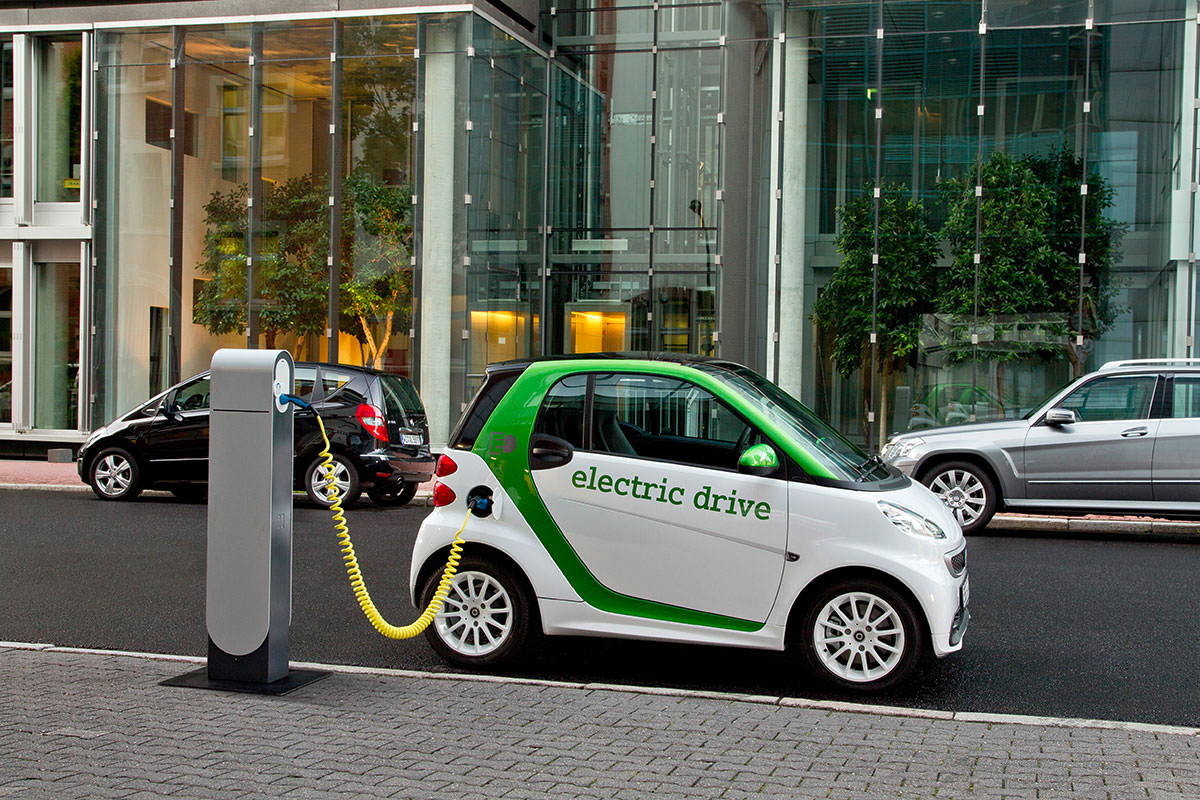In the United States, politicians voted on Thursday for a proposal that included repeal of a $7,500 tax credit for buyers of electric cars. In China, auto executives from around the world were gathering to talk about ambitious plans to sell more of those vehicles here.

The politics in Washington have not explicitly pushed carmakers to prioritize China. But the dueling approaches have added to a growing consensus among auto executives — even in the United States, where General Motors and Ford are planning to build more electric vehicles — that China will lead the world in the fast-growing sector.
Volkswagen announced on Thursday that it planned to introduce to the Chinese market 25 models of electric cars between 2020 and 2025, in addition to the 15 electric models it already had planned to bring to the country by 2020. The company and its joint venture partners will invest almost $12 billion in the effort, said Jochem Heizmann, the chief executive of Volkswagen Group China.
Mr. Heizmann said that most of the electric car models in VW’s short-term product pipeline for China are based on existing designs for internal combustion engines. But a majority of the 25 additional electric car models will be created from the ground up as electric cars, he said, an approach that allows engineers to make very different design decisions to maximize energy efficiency and passenger comfort.
Other foreign carmakers are also betting heavily on the electric vehicle market in China.
G.M. said on Monday that it was weighing when to start a broader rollout of its Baojun E100 electric car after selling more than 4,000 in just one midsize city in southern China since July. Nissan is preparing to announce on Friday, at the opening of the Guangzhou auto show, that China will be one of the first markets in which it sells the new, battery-powered electric Leaf with a big nationwide sales push.
With China making plans to eventually ban conventional gasoline- and diesel-powered cars, “the pace is quicker in China than in other areas of the world,” Mr. Heizmann said. “The portion of new energy vehicles will develop quicker in China.”
The push toward electric vehicles in China has spurred creation of a slew of start-ups in many provinces here, and nearly all Chinese automakers are focused on marketing electric cars, with plans to introduce dozens at the Guangzhou show.
“If you look at Detroit in the early 20th century, there were 250 carmakers, and that is pretty much what China has in electric vehicles now,” said Tony Seba, the founder of Rethink X, an American energy and transportation consulting firm. “They are far ahead.”
And while the eventual ban on the traditional internal combustion engine is a longer-term goal, China is taking interim steps to promote electric vehicles.
China issued strict regulations in September requiring automakers to sell large numbers of electric cars or plug-in hybrids in 2019 if they want to keep selling gasoline-powered cars. China then plans to phase out its generous electric car subsidies at the end of 2020, pushing automakers to figure out how to profit without them.
But Mr. Heizmann said on Thursday that even if China had not issued the regulations, its stringent fuel economy targets for 2020 could not be met without selling a lot of electric cars or halting the sale of all but the smallest gasoline-powered cars. The country will require each carmaker that year to sell cars with an overall average fuel economy of 47 miles per gallon.
The contrast with the United States is stark.
Republicans in the House of Representatives are pushing a repeal of the electric car tax credit, which could equate to about $200 million in the coming years, according to Congress’s Joint Committee on Taxation, or about 0.005 percent of the value of all of the tax cuts in the House bill. The Senate tax bill, which faces increasingly uncertain prospects, does not call for repeal of the electric vehicle tax credit.
If the House and Senate measures both pass, a House-Senate committee would then decide whether to include a repeal of the tax credit in the final legislation.
The Environmental Protection Agency began a review in August of fuel economy rules that is widely seen as preparation to loosen an Obama administration requirement that automakers double vehicles’ average fuel economy to 54.5 miles a gallon by 2025.
There are some differences between the American and Chinese fuel economy tests that make them not strictly comparable, however: The Chinese tests tend to show a slightly higher fuel economy for the same cars.
Automakers are also moving the production of parts to China for electric cars. Reliant on very large batteries from South Korea for its electric cars, G.M. is now moving to buy many of its batteries from Chinese suppliers, said Matthew Tsien, the executive vice president who oversees G.M.’s extensive China operations. That helps the company qualify for Chinese electric car subsidies that require considerable domestic content.
“We do see China being, in the near and medium term at least, by far the largest market for electric vehicles in the world,” Dan Ammann, G.M.’s president, said in an interview in New York this week. “But we believe ultimately that the whole world will go that direction.”



No comments:
Post a Comment